Hollywood has a peculiar way of teaching history.
Growing up in Newfoundland meant we heard a lot of pirate stories. Our family home in ‘Conception Bay’ gazes directly upon ‘Kelly’s Island’; peppered with holes dug by treasure hunters hoping to find the hidden cache of the Pirate Captain who lent his namesake. We often played in ‘Turk’s Gut’ where Barbary Pirates laid in wait for ships debarking wealthy Newfoundland ports in Brigus, Port de Grave, and Bay Roberts. Pirate Peter Easton roamed our waters for years before wooing an Irish Princess, settling in Harbour Grace and bearing one of the first European children delivered in North America. And lest we forget the most infamous of all Newfoundland’s scoundrels, Black Bart – whose notorious raid on Trepassy is considered the most successful in pirate history, occurring nearly exactly 300 years ago this coming June.
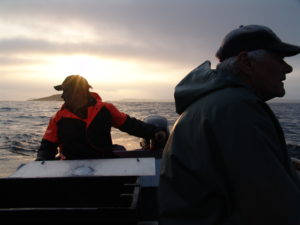
“… we heard a lot of pirate stories…”
Yet we didn’t believe a word of it. Despite all the historic documentation to support these tales, we remained stubbornly stoic in our skepticism, for we were the first generation to receive a “Hollywood Education” and we ”knew” what a pirate’s life entailed; most particularly the great treasures they’d accumulate.
What in the name of God would a pirate be doing in Newfoundland? There’s nothing here that could possibly interest them. Certainly, no doubloons or jewels. No emeralds or rubies, no silver, and no loot. There simply wasn’t any treasure in Newfoundland. So how could we possibly expect to lure the likes of ‘Jack Sparrow’ from his ‘Pirates of the Caribbean” and all the wealth they’d amass?
You couldn’t – not until you realize that Johnny Depp plays the role of a fictional character who bears little resemblance to a real pirate.
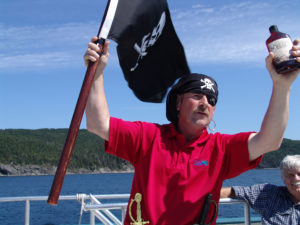
“… a Hollywood Education…”
Thankfully, there are many written accounts that can expand our mind beyond the sensationalism that the “California Crowd” love to project.
Imagine the surprise when we discovered that Newfoundland’s “sailing rogues” were often the sons of aristocrats and noblemen. Especially capable captains who’d been lured from their life as merchant traders, commandeered as “privateers” to wage war on any ship bearing the flag of an enemy nation. Many were Oxford schooled, scholarly, smart thinking traders who became especially skilled at their new craft; men who were somewhat reluctant to forego this lifestyle when an element of world peace was struck at the end of the ‘Spanish Armada’. Noble and logical gents who recognized what true wealth meant to a man found outside the law.
And this is when we start to recognize the legitimacy in Newfoundland’s assertions, for we have always measured wealth in a very different fashion.
What do you think a pirate valued more than anything on the planet? According to the diaries of James Young, a surgeon in the British navy who spent the middle of the 17th century picking splinters out of wounded sailors, you must recognize that it would have to be a new ship. Ten of them in fact, since pirates often commanded an armada of vessels. And where would you find better pickings than the rich fishing grounds of Newfoundland with hundreds of vessels engaged in the processing and transport of the world’s greatest food resource. (Ironically, the Dutch transport vessels were known as ‘Sack Ships‘)
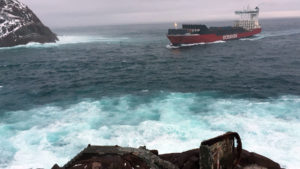
“… a new ship.”
Second to that would obviously be additional crew. Pirates may have lived by the sword – but they died from wooden shrapnel, grape shot, and many balls of lead. Again, Newfoundland becomes the apparent choice, for every man in this world could boast at least one transatlantic voyage – the least, yet most necessary requirement for an enduring life at sea. Convincing and debonair pirates would likely have little difficulty wooing these uncommitted souls to the darker side of the sailing world.
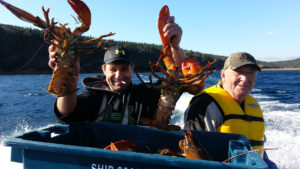
“… additional crew..”
Without “Safe Harbour”, the many coves and inlets that predominate Newfoundland’s coastline would make ideal locations for a pirate’s rendezvous and retreat. Not to mention incessant fog and the natural cover it would provide a knowing pirate who understood the shoals and shores that compounded the effects of their evasive manoeuvres.
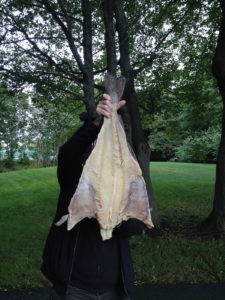
“… salted and dried bacalao…”
Its also important to consider a ships cargo, for this could be worth many times the cost of the ship itself. You can almost hear the triumphant cries of captain and crew who bagged a shipment of whale oil valued at an equivalent of $4000 a barrel. A boatload of perfectly salted and dried bacalao, along with a quarter measure of Carribbean rum. Or a summer’s supply of victuals, including salt meat and butters.
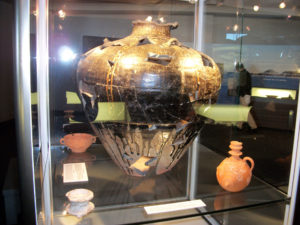
“… more obvious riches…”
Finally, the ‘Colony of Avalon’ archaelogical dig proves there were in fact many tangible and more obvious riches to be found in Newfoundland. Trading ships made many stops and drops on their voyages, and though most involved a direct exchange of goods – gold, jewels, and even doubloons would often be used to supplement the difference in value. Depending on the length of the journey and the number of trades, a vast fortune was likely to have accumulated in the captain’s quarters.
Inconceivable!
Not when you look to Hollywood from the hills of Holyrood – realizing for the first time that the script writers for the ‘Princess Bride’ movie borrowed much from Newfoundland’s pirate history – ‘Bartholomew Roberts’ – AKA “Black Bart” – AKA the “Dread Pirate Roberts”.
“You seem a decent fellow,” Inigo said. “I hate to kill you.”
“You seem a decent fellow,” answered the man in black. “I hate to die.”


Nice one Andrew!
Thank you kindly sir.